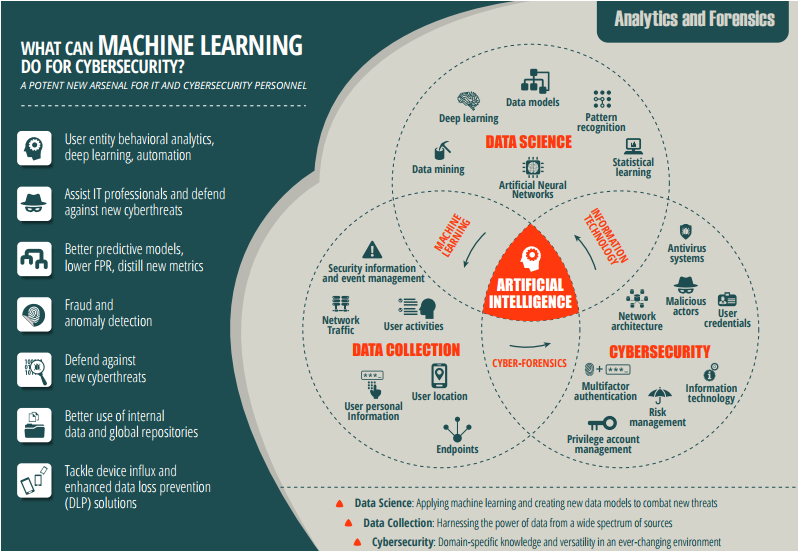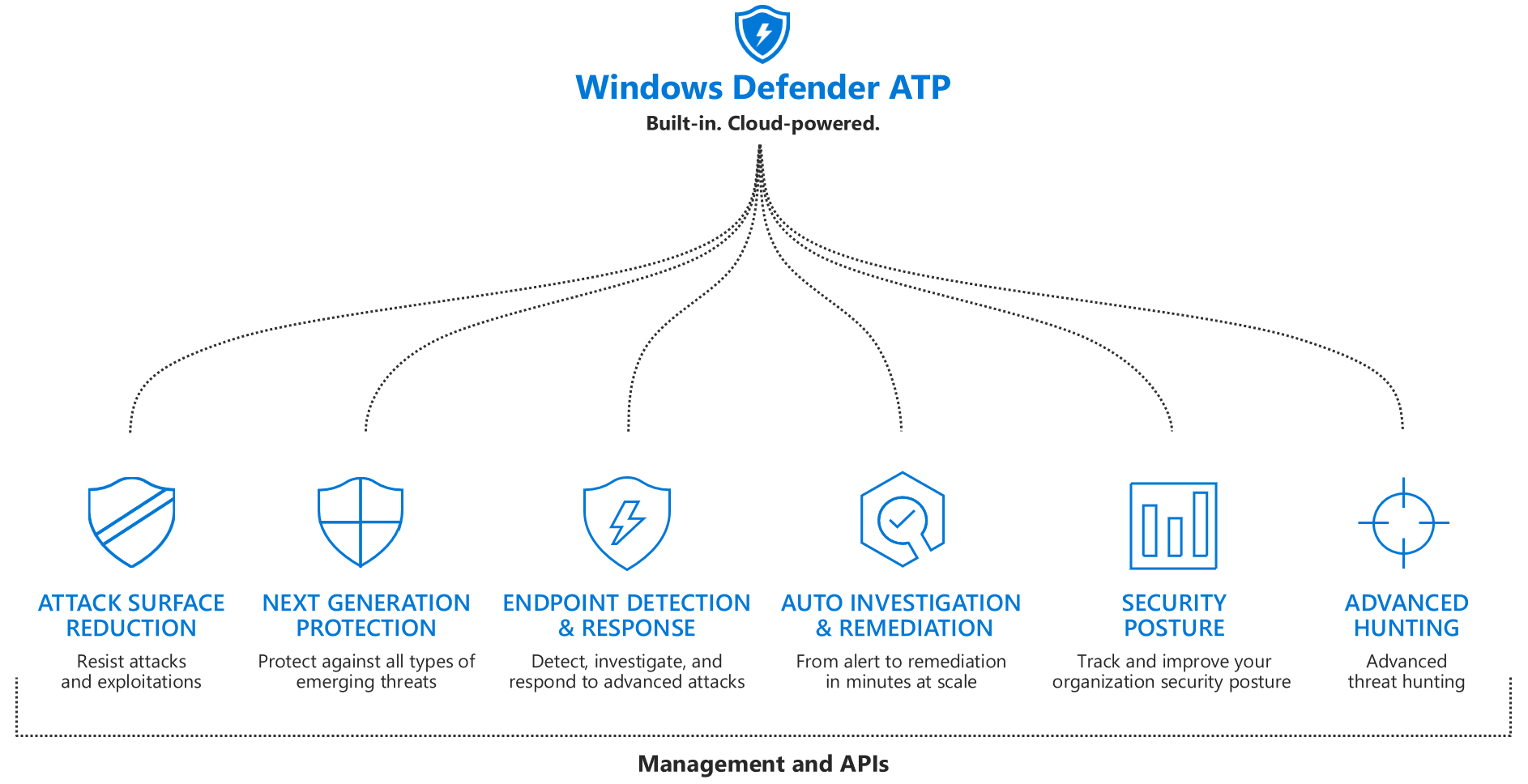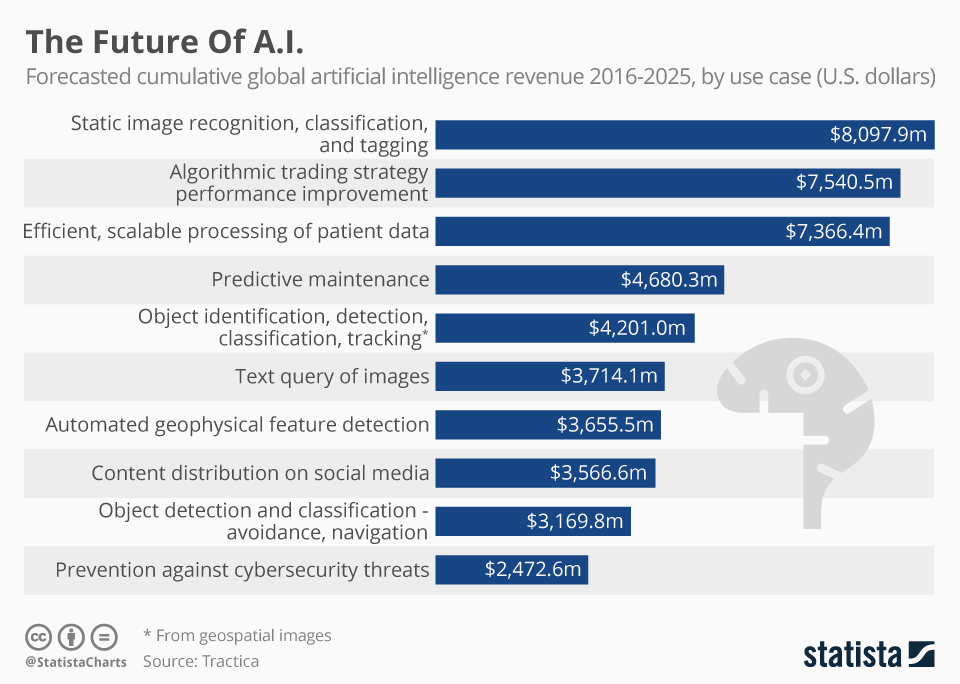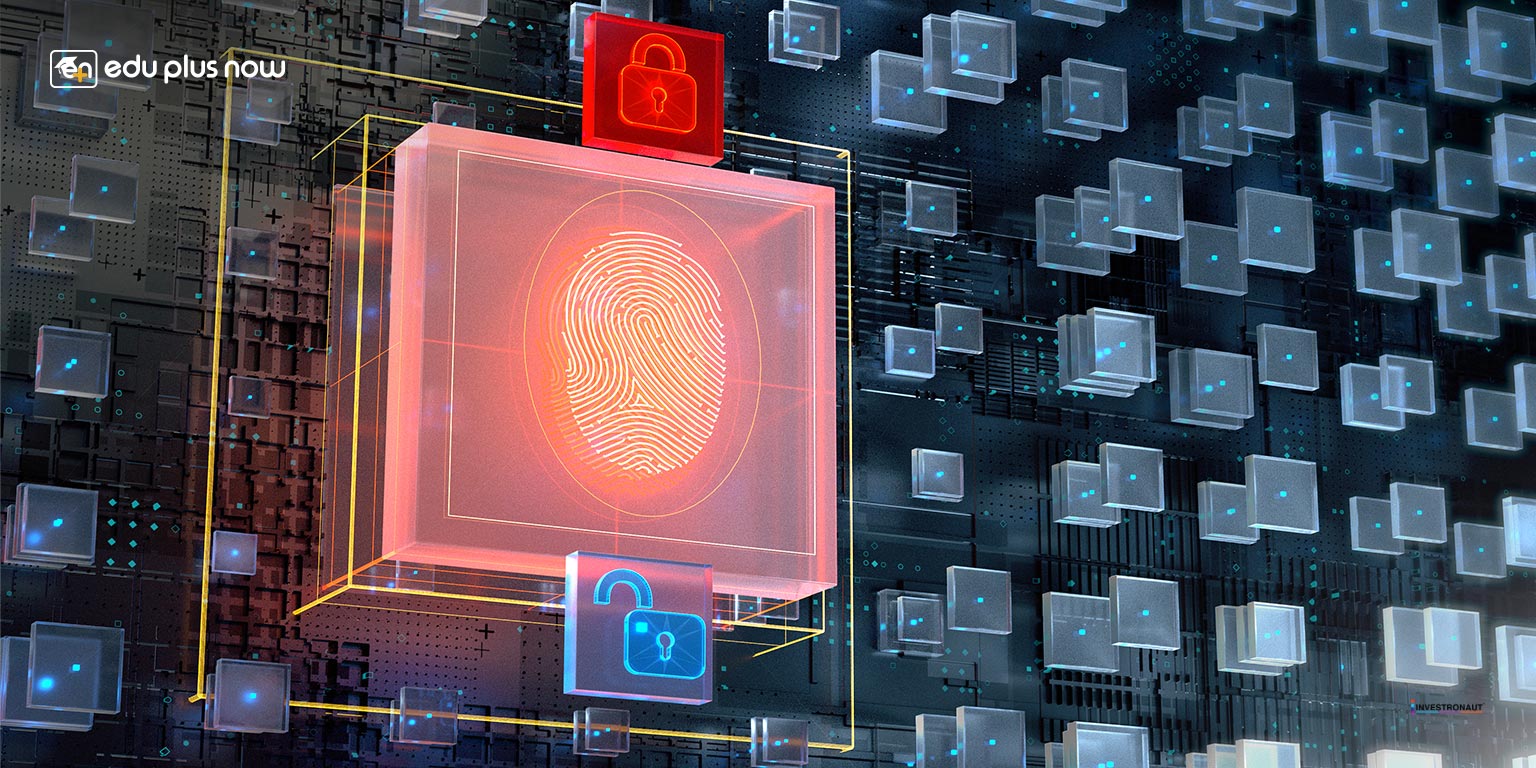How AI and Machine Learning are Revolutionizing Cybersecurity
From making your life easier with digital assistants to identifying and recommending treatment options for patients, Artificial Intelligence and Machine Learning is expected to resolve a wide variety of problems by creating programmes that perform human-like functions. The question, however, is whether AI and machine learning can be the silver bullet that tackles the growing problem of cyberattacks and cybercrimes. With the ability to curate threat intelligence from different resources, AI cybersecurity promises to help under-resourced security operation analysts stay ahead of the threats. Unfortunately, this is easier said than done.
With digitization becoming a norm, cyberattacks are growing in volume and complexity. Hackers are constantly trying to find beat security defenses. This is why cybersecurity specialists need to continuously find ways to review what they did yesterday and identify new ways to improve. With the advances in machine learning, AI and cybersecurity awareness can provide insights and connect the dots to a threat-free future. Here are some ways that AI and Machine Learning are revolutionizing cybersecurity.
Benefits of AI and Machine Learning in Cybersecurity
1. Timely Recognition of Threats

Most modern organizations have multiple levels of protection in place, including hardware and software firewalls and network security solutions. But what happens when cyber criminals breach these security perimeters? In less than an hour, a hacker can infiltrate a system and steal crucial data. This can be avoided by using AI tools that recognize the threats at the right time and send off alerts to the right people.
Machine learning allows cybersecurity systems to analyze patterns and learn from them. This allows cybersecurity teams to become more proactive in preventing attacks and responding to them in real-time.
2. Faster Response Times

AI and machine learning can relentlessly decipher user behavior and all sort of irregularities by tracking and analyzing data. They will help businesses detect malicious activity faster and stop these attacks even before they get started. In early 2018, Microsoft’s Windows Defender, a software that employs multiple layers of machine learning to identify and block perceived threats stopped hackers who had installed malicious cryptocurrency miners in thousands of computers.
Apart from detecting vulnerabilities, machine learning is used to scan and automate responses.
3. Error-Free Detection of Complex Threats

As technology advances, so do the threats. Malware attacks have been constantly evolving and cybercriminals have become more sophisticated over the years. In fact, hackers have now been using AI-based malware such as Trickbot and DeepLocker which can continuously change its code, thus making it difficult to detect and remediate.
This is why organizations need to use big data analytics and AI to improve their security profile. With AI security in their corner, organizations have a better chance of tracking that malicious piece of intelligent code that and get it out of their network.
4. Support for Human Cybersecurity Teams

Unlike humans who are prone to getting bored or making mistakes with mundane tasks that involve large amounts of data, machines can conduct tasks such as data correlation and number crunching with minimal errors. Machine learning is effective in accessing and analyzing a huge pool of data and reducing threats through predictive analysis. This saves the organization considerable time and money. The AI-based cybersecurity platforms achieve the best outcomes by automating complex human tasks by using data from an entire system, not just a single focus point.
This does not mean that AI and ML systems will completely eliminate security teams. Humans are essential for decision-making in situations that require the use of imagination, experience, and judgement. This is why machines and humans need to work together to eliminate threats effectively.
The use of AI and machine learning in cybersecurity is not without its barriers. The availability of relevant datasets, inaccurate ML algorithms, and the absence of qualified cybersecurity professionals trained in AI and ML are some of the major hindrances for organizations looking to fortify their security.
Despite the shortcoming, AI and ML are likely to remain as the most promising and era-defining technologies for dealing with cybersecurity threats and issues of all types. Businesses need to understand how machine learning algorithms work, how to train ML algorithms and how they can be used to enhance security.
